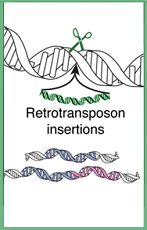The love of my life for 15
The love of my life for 15 years was diagnosed 2 years ago at age 54. Symptoms were tremor in right leg, loss of handwriting ability, and soft voice. He also have difficulty rising from a seated position and have balance issues. he started out taking only Azilect, then Mirapex, and 6 months ago Sinemet. Several months ago he started falling frequently, hence the reason for Sinemet. We tried every shots available but nothing worked. In March 2023, my neurologist and I decided to go with natural treatment and was introduced to Natural Herbs Centre Ayurvedic organic Parkinson’s protocol, he had a total decline of symptoms with this treatment, the Tremor, falling frequently, stiffness, body weakness, balance issues, depression and others has subsided. Visit Natural Herbs Centre official website naturalherbscentre. com. This treatment is a breakthrough for all suffering from Parkinson’s, don’t give up Hope. Keep Sharing the Awareness, herbs are truly gift from God. I can personally vouch for these remedy but you would probably need to decide what works best for you









- Comment
|